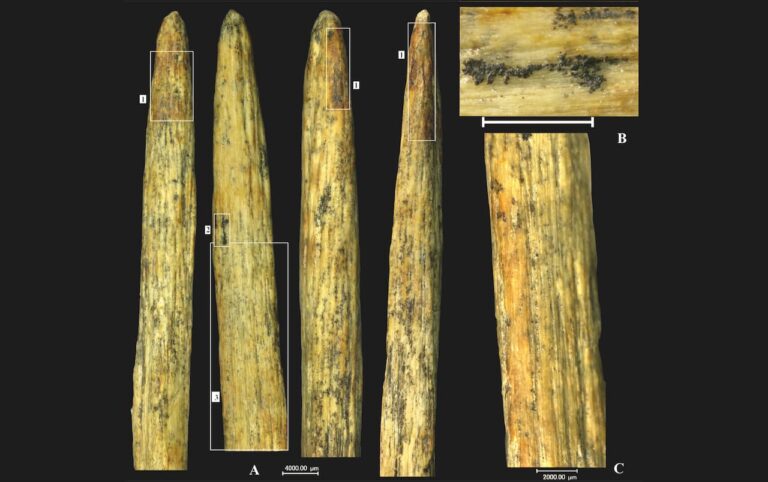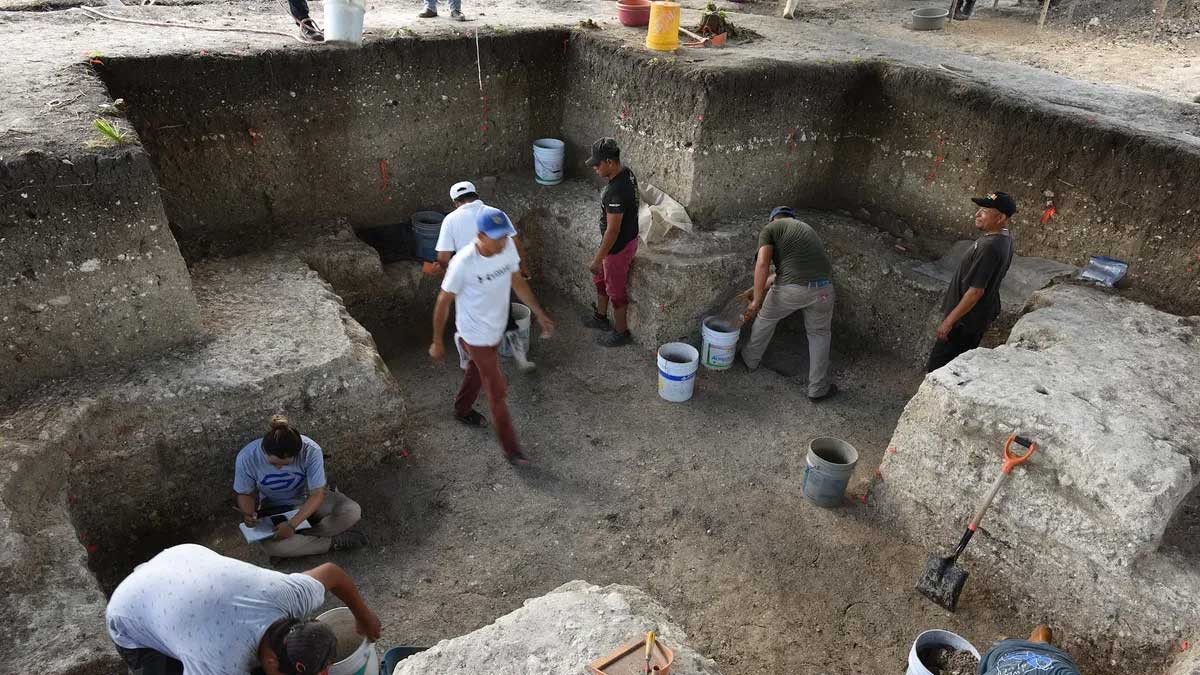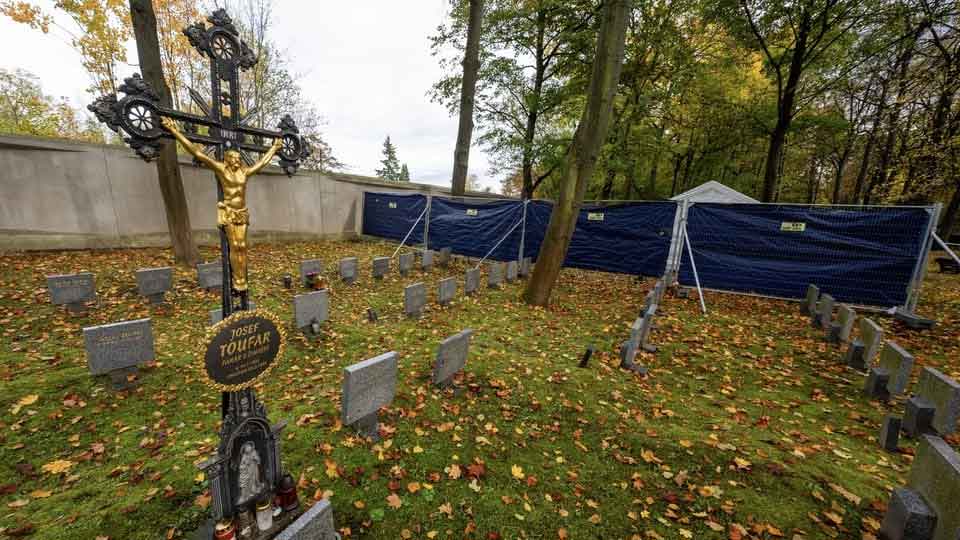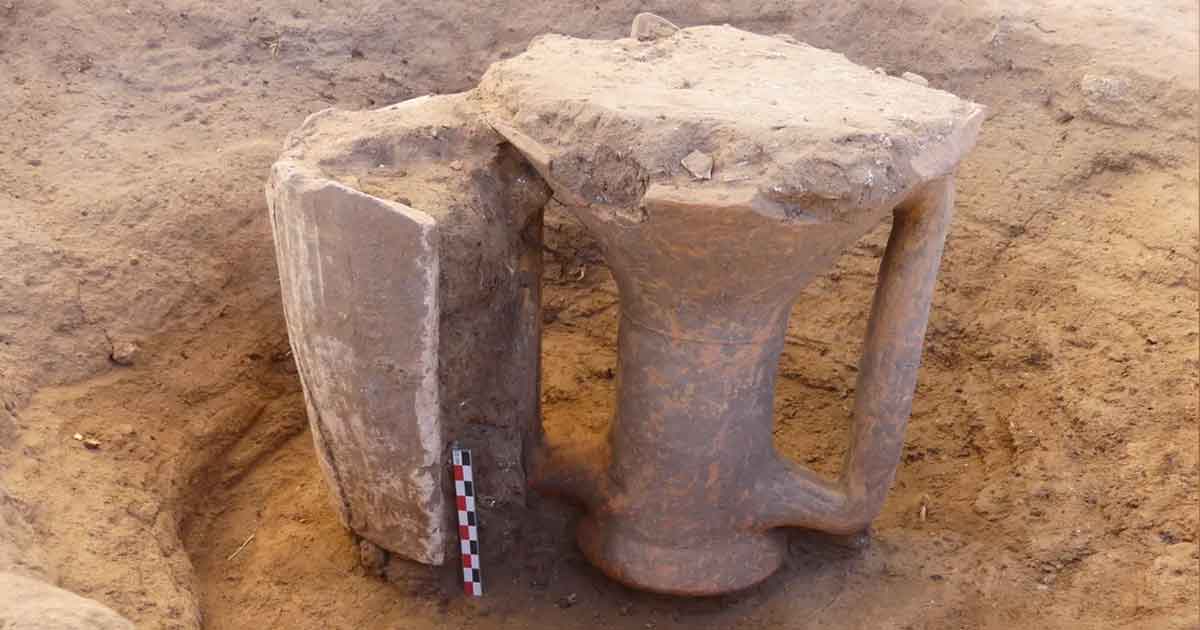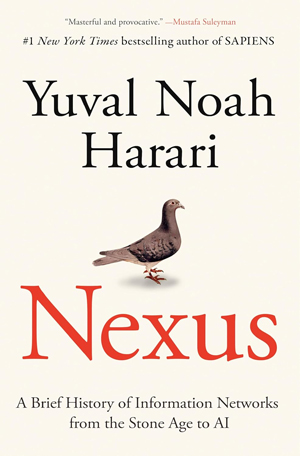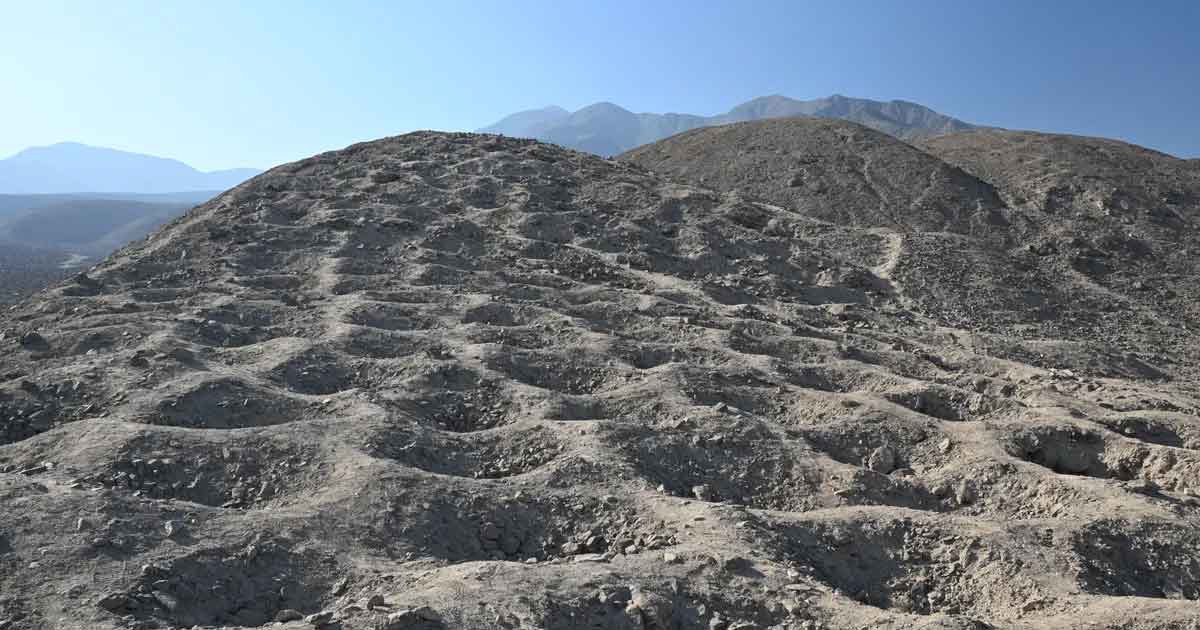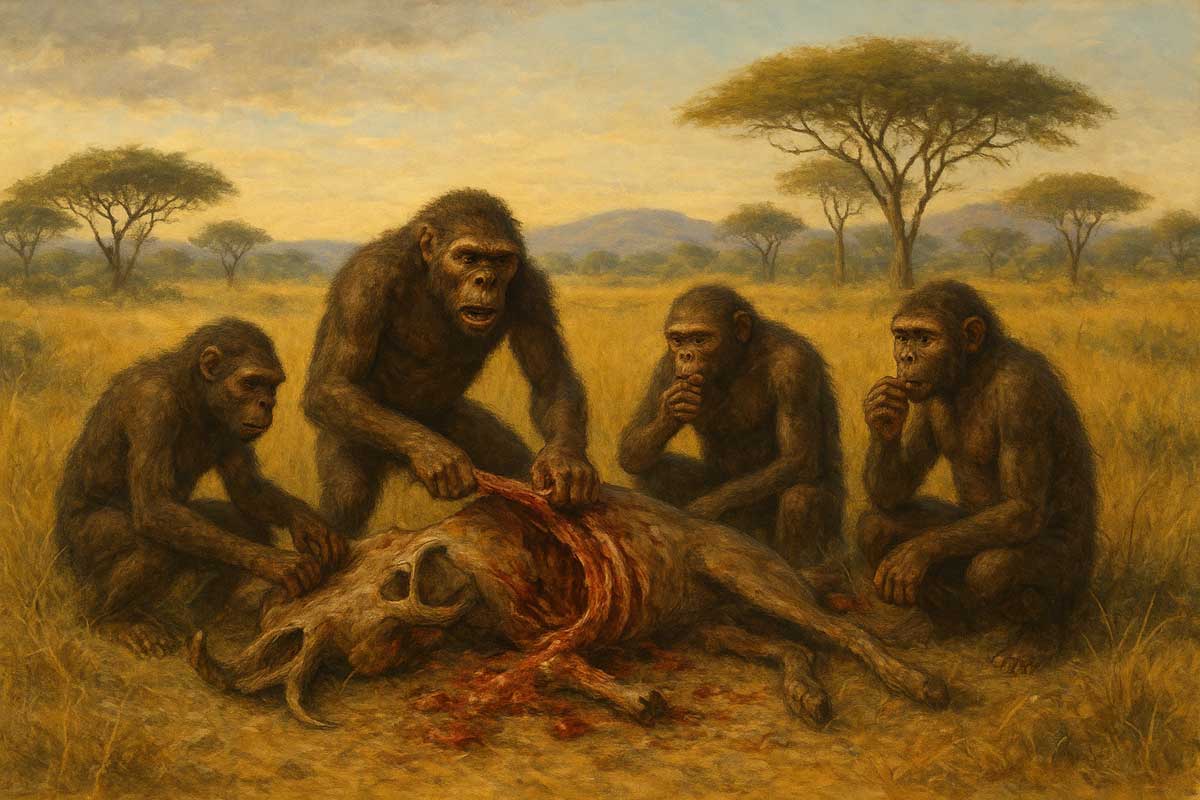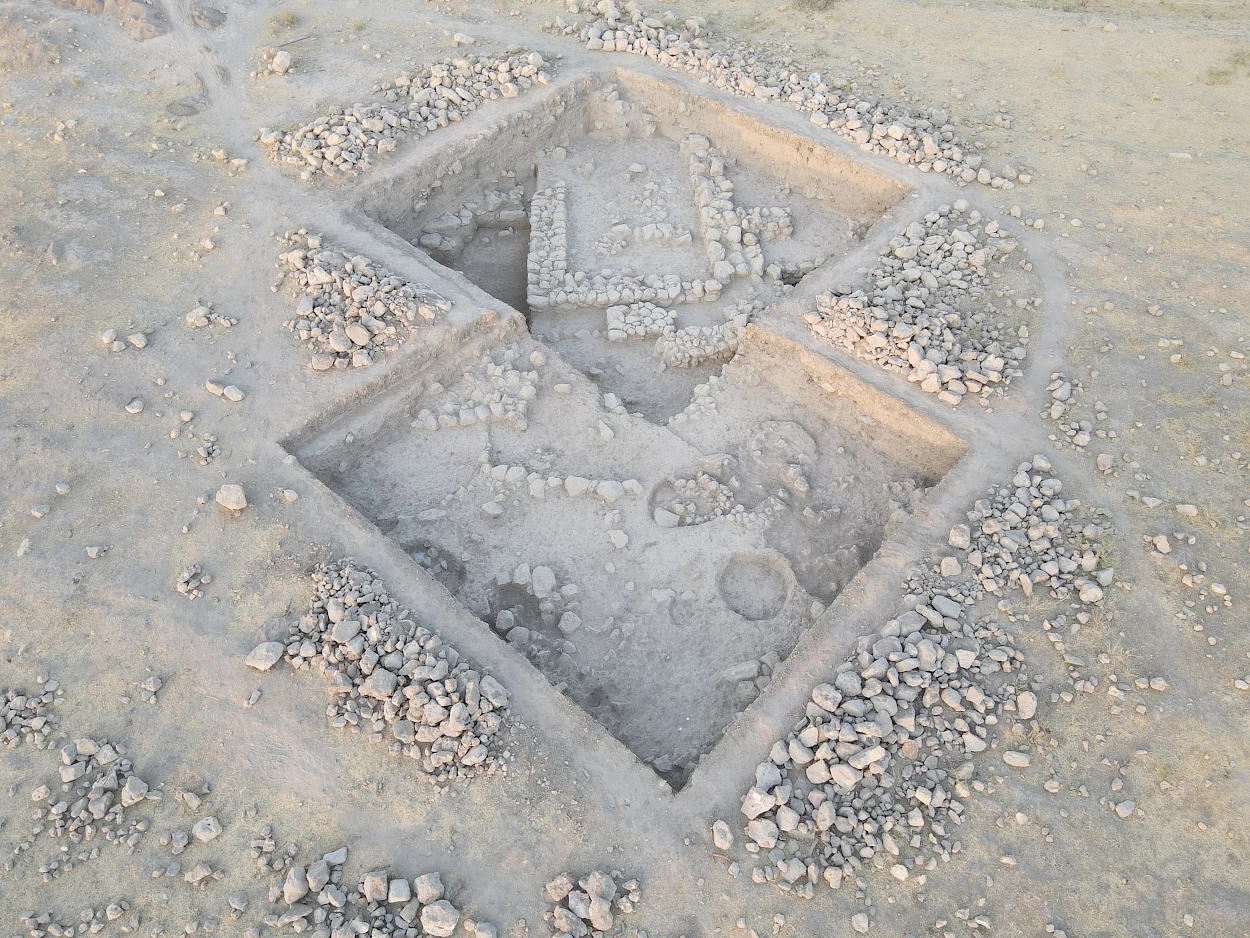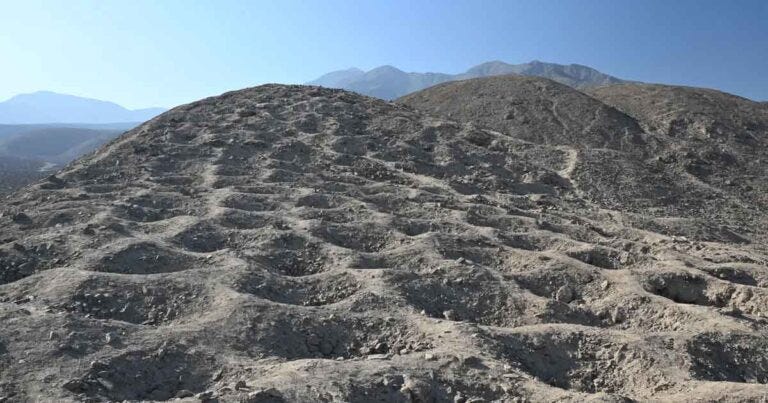Imagine a Neanderthal hunter, crouched in the dim light of a prehistoric dawn, meticulously shaping a bone into a deadly spear tip. This scene, vivid with the weight of survival, comes to life through a remarkable discovery in northern Spain. Archaeologists have unearthed a 120,000-year-old bone spear tip, created by Neanderthals, now recognized as the oldest of its kind in Europe.
In northern Spain, the Cueva del Forat de la Mico cave has guarded its secrets for millennia. Here, archaeologists uncovered a small but extraordinary artifact: a bone spear tip, measuring just a few centimeters, carved with precision. Radiocarbon dating places it back between 80,000 and 70,000 years, making it the earliest known bone weapon in Europe. Unlike stone tools, which dominate Neanderthal archaeological records, bone tools require intricate techniques—selecting the right material, shaping it without breaking, and honing it for function. This spear tip, likely fashioned from a deer or horse bone, showcases a level of dexterity and planning that challenges outdated stereotypes of Neanderthals as brute cave-dwellers.
The artifacts significance lies in its rarity. Bone tools degrade faster than stone, leaving sparse evidence of their use. Yet, this spear tip survived, its surface etched with the story of its maker’s hands. Researchers suggest it was used for hunting, possibly thrust into the hide of a deer or boar during communal hunts. The discovery aligns with other evidence of Neanderthal sophistication, such as their use of fire, creation of jewelry, and even burial rituals. Far from primitive, these early humans were problem-solvers, adapting to their environment with creativity.

The Cueva del Forat de la Mico find adds a crucial chapter to the Neanderthal story. For decades, scholars assumed Homo sapiens held a monopoly on advanced tool-making, relegating Neanderthals to a lesser role in human evolution. However, discoveries like this bone spear tip paint a different picture. The artifact predates the arrival of modern humans in Europe, proving Neanderthals independently developed complex technologies. This challenges the narrative that they merely mimicked Homo sapiens or lacked innovation.
The discovery also raises questions about Neanderthal extinction. If they were so skilled, why did they vanish around 40,000 years ago? Climate change, competition with Homo sapiens, or interbreeding may hold answers, but the spear tip suggests they thrived for millennia before their decline. Each find like this stitches together a richer tapestry of their lives, urging us to see Neanderthals not as failures but as resilient ancestors.
Featured image: Four photographs of the tapered part of the specimen. White rectangles marked with numbers indicate: 1 – areas of red-brown coloration of the type caused by heat at the tip; 2 – location of the photograph of bitumen residue. Credit: L.V. Golovanova et al.

